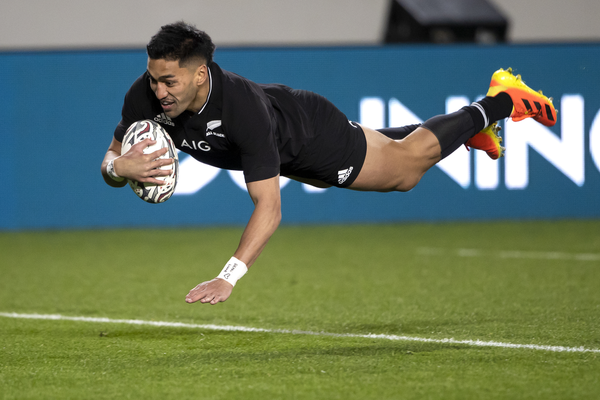Understanding how points are scored is one of the finest ways to immerse your toe into the ocean of a new sport.
Knowing the score not only gives you a basic knowledge of the game, but also enables you to start picking up on tactics, plans, and the reasoning behind the choices that are made during a match.
Introducing all of the ways to score points in a rugby union match is one of the finest places to start as we strive to grow the sport of rugby. Rugby scoring won’t be too challenging to comprehend if you are acquainted with the American football scoring system.
Simply put, rugby is roughly 90% football and 10% soccer. Early 1900s rule modifications in the US led to the gradual transformation of rugby into American gridiron football by introducing padding, helmets, blocking, timeouts, forward passing, and play-making huddles to the English version of the game.
Rugby will indeed be simple for you if you possess a lot of football understanding.
What is a Touchdown in Rugby?

You may be wondering what a Touchdown is in Rugby.
Basically, Rugby is a prolate spheroid-shaped football. The official international standard size is named the “size 5” and is roughly 27 cm in length and 60 cm in circumference at its broadest point and is just around 1lb in weight. In Rugby, the squad comprises 15 players for Union.
The criteria of the game are to hold up the ball and position the ball down on the challenger’s touchline (called a Try) or boot it between the goal posts.
Touchdown is synonymous to try in Rugby.
The word “try” is derived from the expression “try at goal,” denoting that the attacking team’s initial opportunity to score came from grounding the ball and attempting to accomplish this with a kick at goal.
In American and Canadian football, a try is similar to a touchdown, with the main distinction being that a touchdown just requires that the ball enter the end zone while in the control of a player, whereas a try requires that the ball be simultaneously touched the ground and an attacking player. The term “touch down” in both rugby codes solely refers to the defensive team putting the ball on the ground in their own goal.
Scoring Rugby points
In rugby, there are four basic ways to score points.
5 points – Try

When the ball is positioned inside the goal area and grounded over the other team’s goal line, a try is scored.
If an opponent’s misconduct prevented a player from scoring a try, a penalty try may be given. If no conversion attempt is made, a penalty try is now considered seven points.
3 Point – Penalty

A side may elect to kick for a goal when given a penalty following an infraction by the opposition.
2 points – conversion

After scoring a try, a team may attempt to score two extra points by kicking the ball from a location parallel to the try’s scoring line above the crossbar and through the posts.
The conversion kick can be executed as a drop kick or a place kick (from the ground). Drop kicks are used in rugby sevens due to the limited amount of time for the conversion.
3 point – Drop Goal

A drop goal is achieved whenever a player shoots for a goal in open play by lowering the ball down to the turf and trying to kick it on the half-volley.












